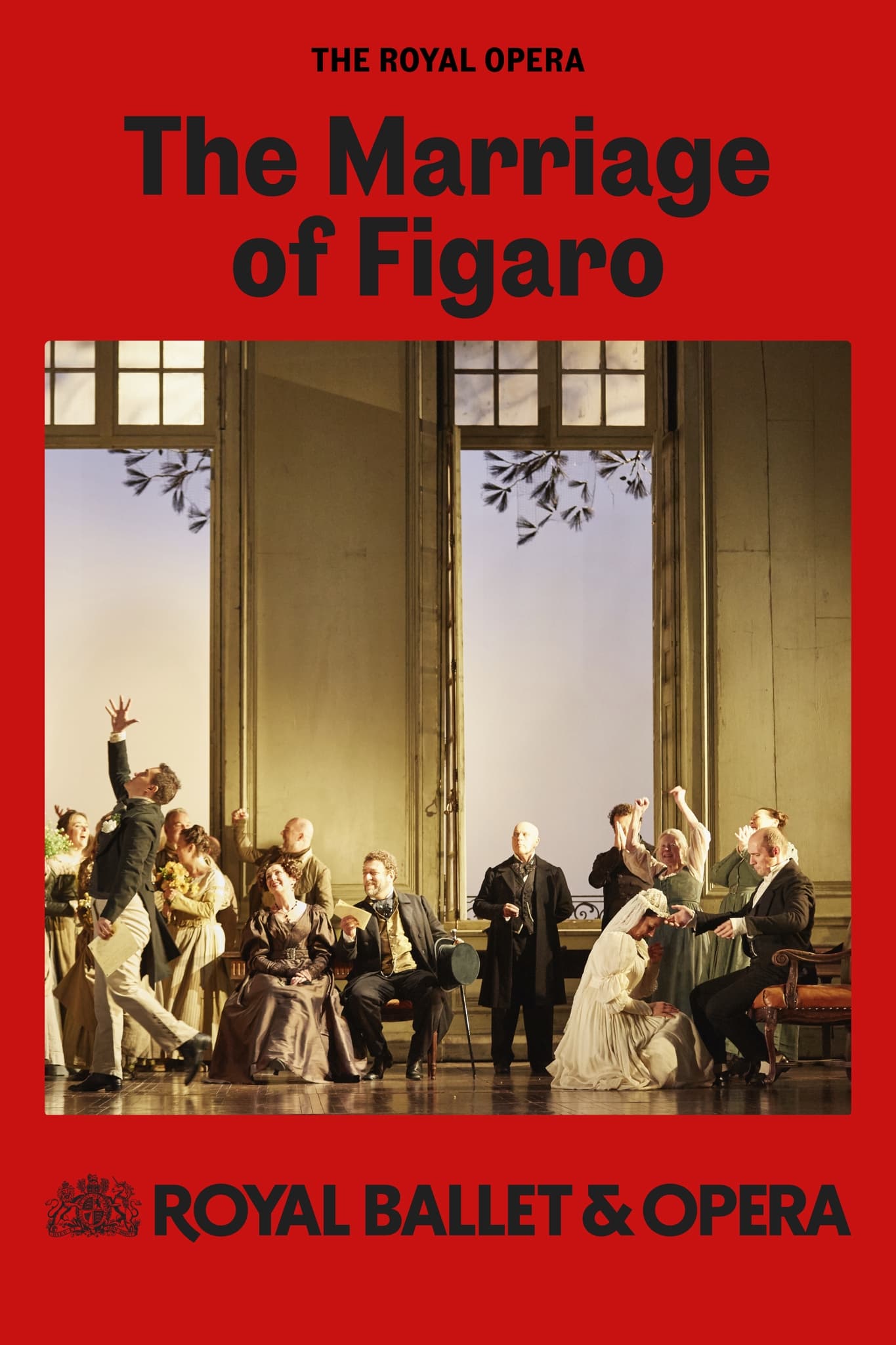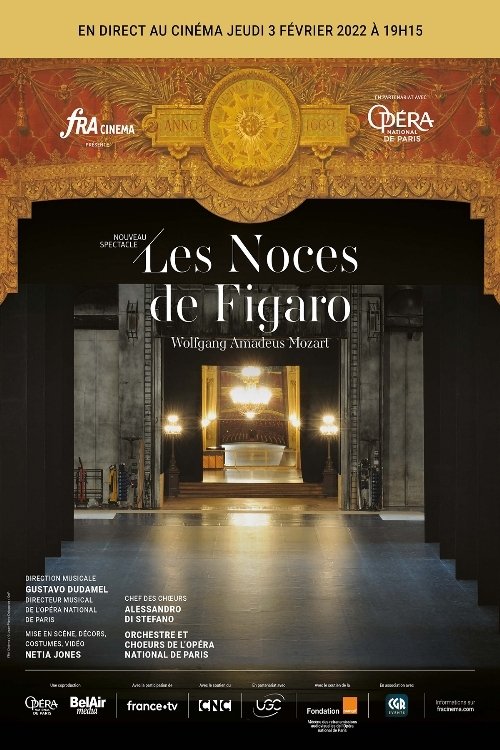
Overview
Known for
Acting
Gender
Other
Maria Bengtsson
Known For

3h 30m
Movie
2024
Royal Opera House Live 2024/25: The Marriage of Figaro
Count Almaviva lives with his Countess on their estate near...

Movie
2022
Les Noces de Figaro, Opéra Garnier de Paris
The Marriage of Figaro is one of the most emblematic...


